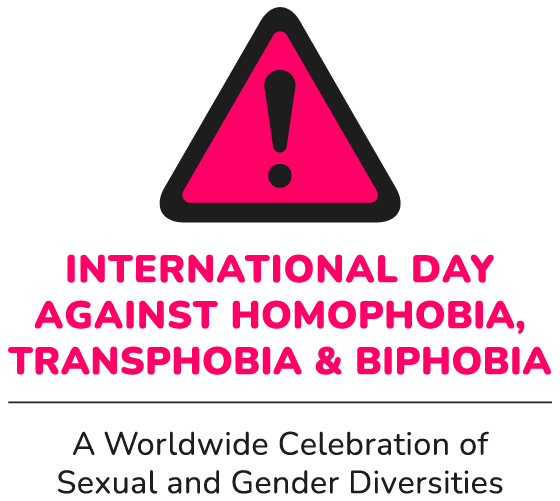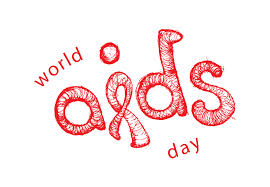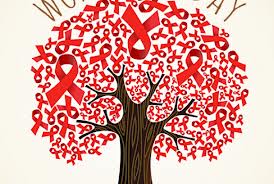The International Planned Parenthood Federation offers interesting insights on this issue, which we republish for World Aids Day
Original article here
HIV is now the second largest cause of adolescent mortality globally. Here Alvaro Bermejo, Executive Director of the International HIV/AIDS Alliance, asks why and what can be done to address young people’s needs.
You’re a 15 year old who’s living with HIV somewhere in sub-Saharan Africa. Where do you go when you need advice about dual protection? You’re a teenage girl who’s been coerced into selling sex. How do you stay healthy and protect yourself when you’re being abused and exploited in this way? You’re a young gay man in a country where same sex relations are criminalised. Who do you turn to if you’re grappling with your sexual identity?
In 2012 there were an estimated 2.1 million adolescents living with HIV, more than 80% of whom live in sub-Saharan Africa – many still don’t know their status. According to a World Health Organisation report published earlier this year, HIV is now the second largest cause of adolescent mortality globally, and the number one in Africa.
We know that young people are particularly vulnerable to the impacts of HIV – they are often at greater risk of infection through lack of information on sexuality, sexual health and HIV; through laws that prevent them accessing prevention information, services and HIV testing and due to age and the need for parental consent for services; and they often have limited access to condoms, are less able to negotiate around safe sex, and are more vulnerable to exploitation and abuse.
The statistics also highlight the considerable difficulties of transitioning from paediatric to adult care facilities, with adolescents being lost to follow-up in the process. And we know from other lifelong health conditions such as diabetes that adolescence is a very difficult period during which to have to come to terms with a chronic disease as well as being a time of first sexual experiences. Adolescent health, and in particular adolescent health and HIV, continues to be a gap in global health efforts but we simply cannot afford to ignore the needs of adolescents and young people any longer given that they make up one quarter of the world’s population.
So what’s to be done? If we are serious about ending AIDS, we need to prioritise tailored youth-friendly sexual and reproductive health (SRH) services for adolescents that reflect their diverse needs. And we need targeted HIV services for adolescents from marginalised groups such as young drug users, young men who have sex with men, young transgender people and young people who sell sex.
In order to get those services right, we need to ensure the meaningful involvement of adolescents and young people living with HIV in the design, implementation and monitoring of them. And we need more research and data around the needs of adolescents most at risk from HIV and the current barriers to the provision of services that recognise different age groups and the evolving capacity of young people to make their own decisions about their health.
We also need to support efforts to remove the barriers that many adolescents face accessing services such as age restrictions, parental consent laws and criminalisation of key populations.
Last year the International HIV/AIDS Alliance, together with national partners, reached an estimated half a million adolescents with sexual and reproductive health and other HIV services, and we are set to reach even more through our Link Up partnership which is targeting more than one million young people across five countries in Africa and Asia.
To give just two examples of how the programme is supporting young people, in Burundi healthcare providers have been trained on HIV, contraceptive methods, management of sexually transmitted infections and how to address cases of violence, as well as how to work with most at risk adolescents and meet their specific individual needs which can present ethical and legal challenges to service providers. In Bangladesh, young key populations are being helped to engage and participate in high level international dialogues around sexual and reproductive health and rights and HIV to ensure that global policy is informed by young people’s experience. In the current discussions taking place around the post-2015 development agenda, it’s critical that young people are providing their input in order to help shape the goals, targets and indicators that will replace the Millennium Development Goals at the end of 2015.
HIV prevention, treatment and care and sexual and reproductive health services are an important entry point for improving the overall provision of health services for adolescents. We owe it to the next generation to give them every chance possible to lead healthy, productive and fulfilled lives.


